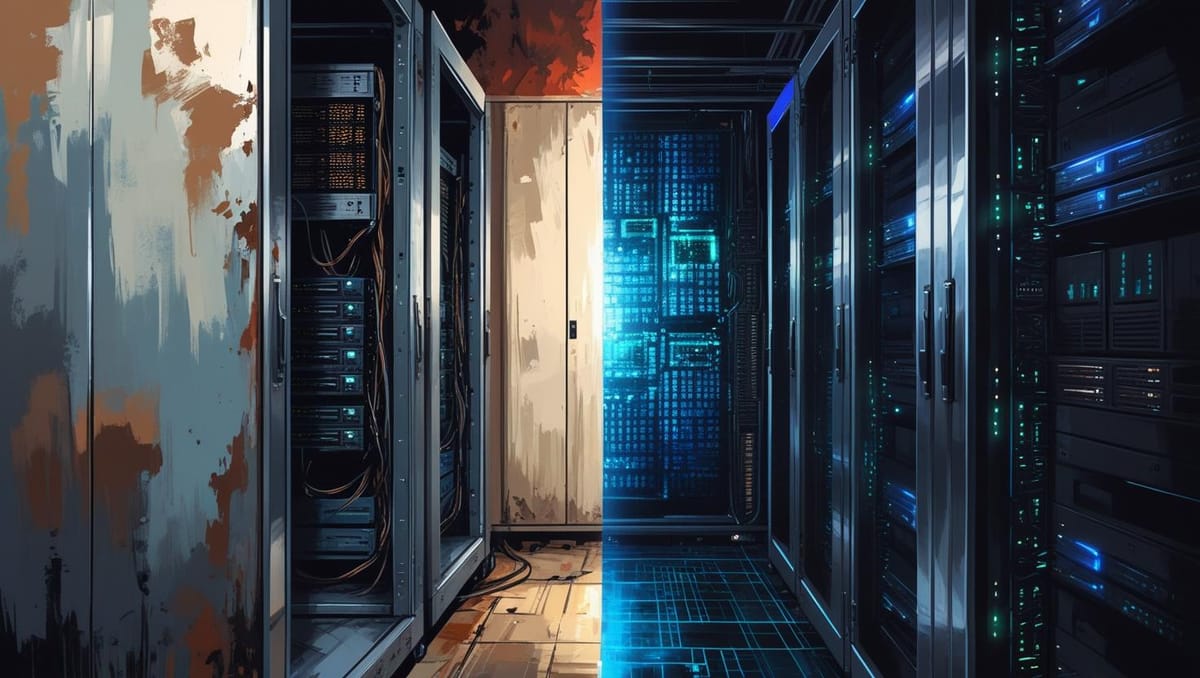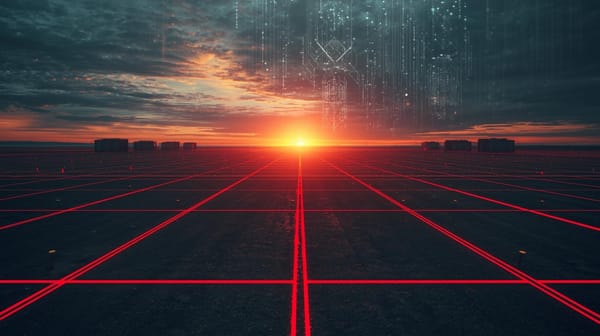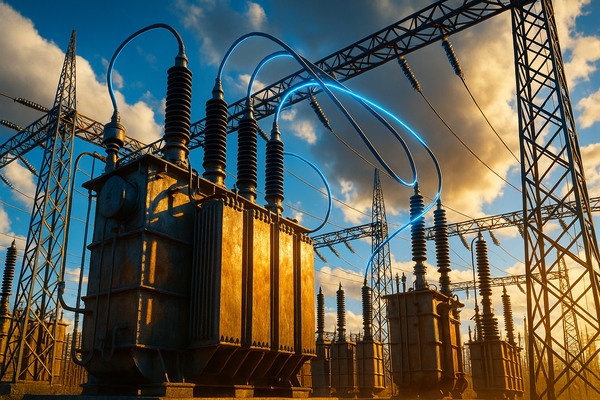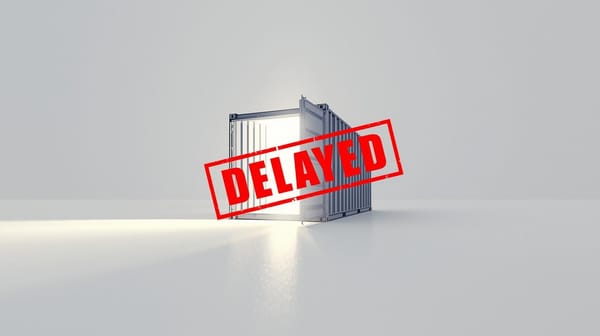The 2kW GPU: Is Your Colocation Provider Ready, or Quietly Becoming Obsolete?

The relentless pace of AI innovation, driven by hardware leaders like NVIDIA, is creating a silent crisis in the data center world. While headlines focus on the power of next-generation GPUs, the hidden story is the immense electrical and thermal strain they place on the facilities that house them. The next wave of AI accelerators is pushing towards an unprecedented 2,000 watts (2kW) per card, a reality that is rendering a vast swath of the world's data centers functionally obsolete.
For any enterprise leader planning an AI strategy, this presents a critical and urgent risk. Signing a multi-year colocation contract today based on yesterday's specifications is like building a skyscraper on a crumbling foundation. The market is rapidly splitting into a two-tier system: a small class of modern, high-density, liquid-cooled facilities, and a vast number of legacy data centers that are simply not equipped for the future.
These legacy facilities, designed for 10-15kW racks, are incapable of supporting the 75kW, 100kW, or even 150kW rack densities that modern AI clusters require. An enterprise that locks itself into such a facility will be unable to deploy the very hardware that will define a competitive advantage in the coming years.
Before you sign or renew your next colocation agreement, you must move beyond the standard questions about uptime and square footage. Here are three critical, non-obvious questions to ask your data center provider to determine if they are a partner for the future or a relic of the past.
1. "What is your specific, documented roadmap for supporting rack densities above 75kW?"
A vague answer is a red flag. A forward-looking provider should be able to speak fluently about their plans for deploying high-power busways, upgrading their switchgear, and, most importantly, their liquid cooling strategy. Ask to see their timeline. If they don't have a clear, funded plan to support high-density workloads, they are a legacy provider.
2. "Can you provide a transparent, real-world PUE rating for your facility under a high-density AI load?"
Power Usage Effectiveness (PUE) is a critical metric, but the number quoted in marketing materials is often based on an idealized, low-density environment. An AI workload can dramatically worsen a facility's PUE if its cooling systems are inefficient at high temperatures. Ask for data or case studies on how their PUE performs when a significant portion of the facility is running at 50kW+ per rack. A lack of transparency here is a major warning sign about your future power bills.
3. "What are your specific liquid cooling offerings—Direct-to-Chip or Immersion—and can you provide a TCO model?
A truly AI-ready facility will offer liquid cooling as a native service, not an afterthought. They should be able to clearly articulate their chosen technology path—be it Direct-to-Chip (D2C) retrofits or full Immersion tanks—and explain the financial implications of each. A provider that treats liquid cooling as a one-off, custom project is not a serious player in the AI space.
Conclusion: A Strategic Choice, Not a Real Estate Decision
Choosing a data center provider is no longer just about securing space; it is a strategic decision that will directly enable or inhibit your company's entire AI strategy. Understanding the right questions to ask is the first step. The next is having the data to act on the answers.
The Datacenter Economist provides the deep, vendor-neutral financial analysis and strategic insights that empower leaders to make these critical infrastructure decisions with confidence. To get our full library of research and our bi-weekly premium briefings, Subscribe Today.




